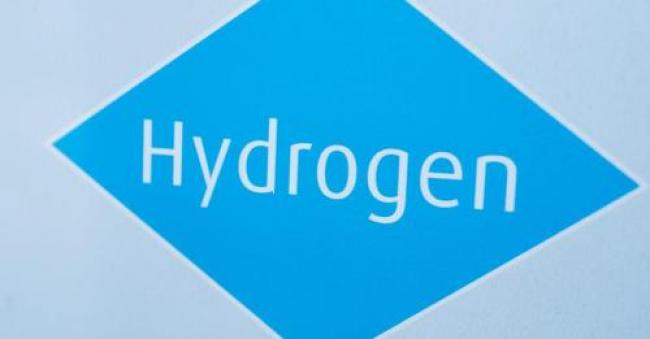Articles Menu

Aug. 12, 2021
While celebrated as a climate victory by the Biden administration, the large infrastructure bill passed in the U.S. Senate this week includes billions of dollars of funding toward "blue hydrogen," which new research published Thursday finds is more polluting than coal.
The $550 billion bipartisan infrastructure package passed Tuesday includes $8 billion to develop "clean hydrogen" via the creation of four regional hubs.
"Blue hydrogen is a nice marketing term that the oil and gas industry is keen to push but it's far from carbon-free. I don't think we should be spending our funds this way, on these sort of false solutions."
—Robert Howarth, Cornell University
The White House claims that the bill is in step with President Joe Biden's climate goals and advocates of hydrogen energy champion it as a low-emissions alternative for various uses such as fuel shipping, trucking, aviation, and heating.
But new research published in the journal Energy Science & Engineering finds that the carbon footprint to create blue hydrogen is more than 20% greater than using either natural gas or coal directly for heat, or about 60% greater than using diesel oil for heat.
The fossil fuel industry has enthusiastically pushed for blue hydrogen as a clean energy source, but the scientists warn that this product is not the same as the "gray hydrogen"—derived from methane production—or the "green hydrogen" commonly viewed as an important fuel for future energy transition.
According to a statement from the researchers:
An ecologically friendly "green" hydrogen does exist, but it remains a small sector and it has not been commercially realized. Green hydrogen is achieved when water goes through electrolysis (with electricity supplied by solar, wind, or hydroelectric power) and the water is separated into hydrogen and oxygen.
Robert Howarth, the scientist at Cornell University who co-authored the paper "How Green is Blue Hydrogen?," alongside Mark Jacobson, a Stanford University researcher, said: "The best hydrogen, the green hydrogen derived from electrolysis—if used wisely and efficiently—can be that path to a sustainable future. Blue hydrogen is totally different.”
The process of producing blue hydrogen starts with converting methane to hydrogen and carbon dioxide by using heat, steam, and pressure, or gray hydrogen, but goes further to capture some of the carbon dioxide. Once the byproduct carbon dioxide and the other impurities are sequestered, it becomes blue hydrogen, according to the U.S. Department of Energy.
"It's pretty striking, I was surprised at the results," said Howarth. "Blue hydrogen is a nice marketing term that the oil and gas industry is keen to push but it's far from carbon-free. I don't think we should be spending our funds this way, on these sort of false solutions."
Climate advocates and progressives have slammed the $550 billion bipartisan infrastructure bill as woefully insufficient and the Congressional Progressive Caucus has asserted they won't support a bipartisan bill without a bold reconciliation bill that includes far stronger climate measures.
"Blue hydrogen has large climatic consequences," states the report. "We see no way that blue hydrogen can be considered 'green.'"
[Top photo: "Blue hydrogen is a nice marketing term that the oil and gas industry is keen to push but it's far from carbon free." (Photo: Smith Collection/Gado/Getty Images)]